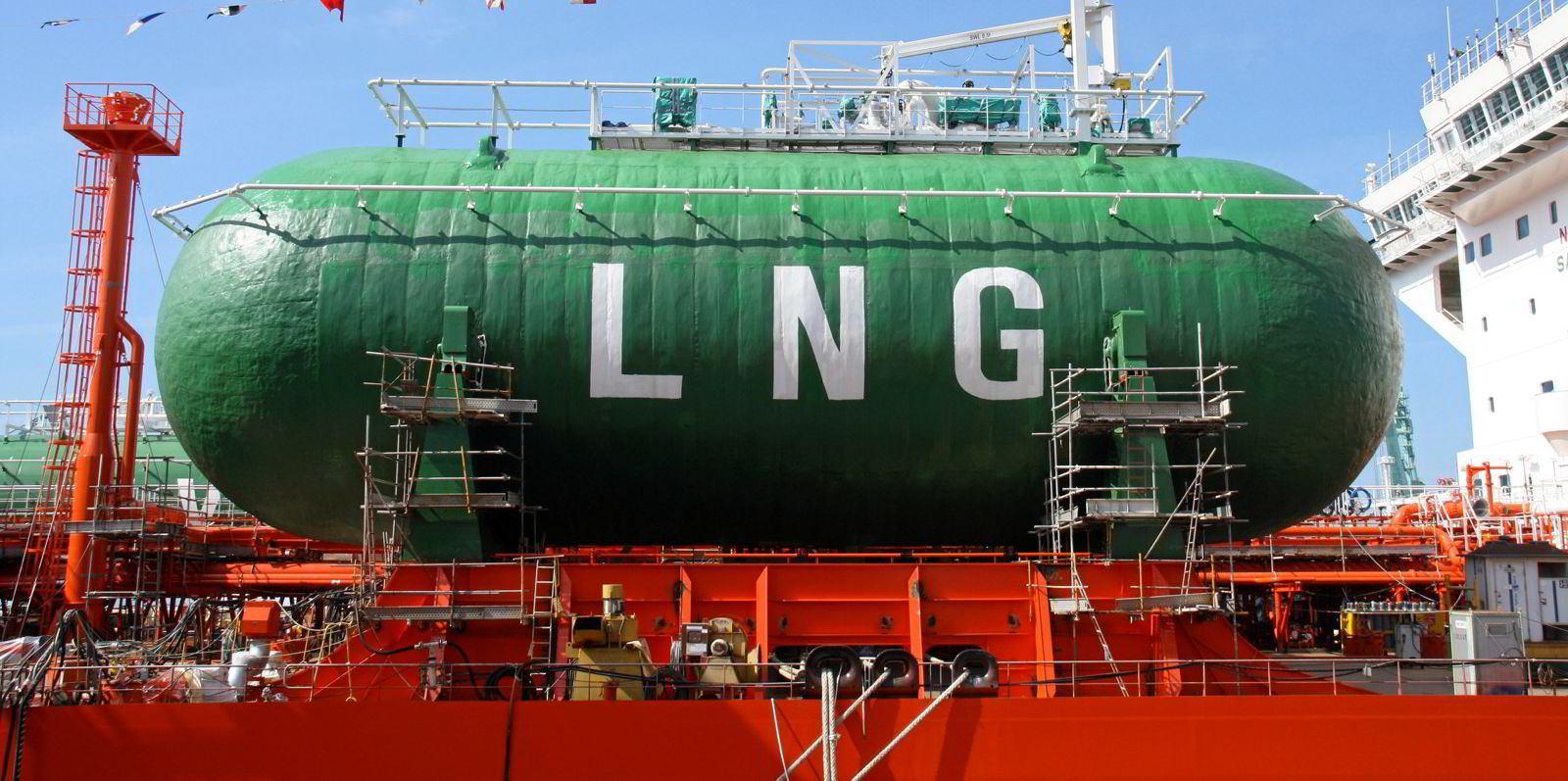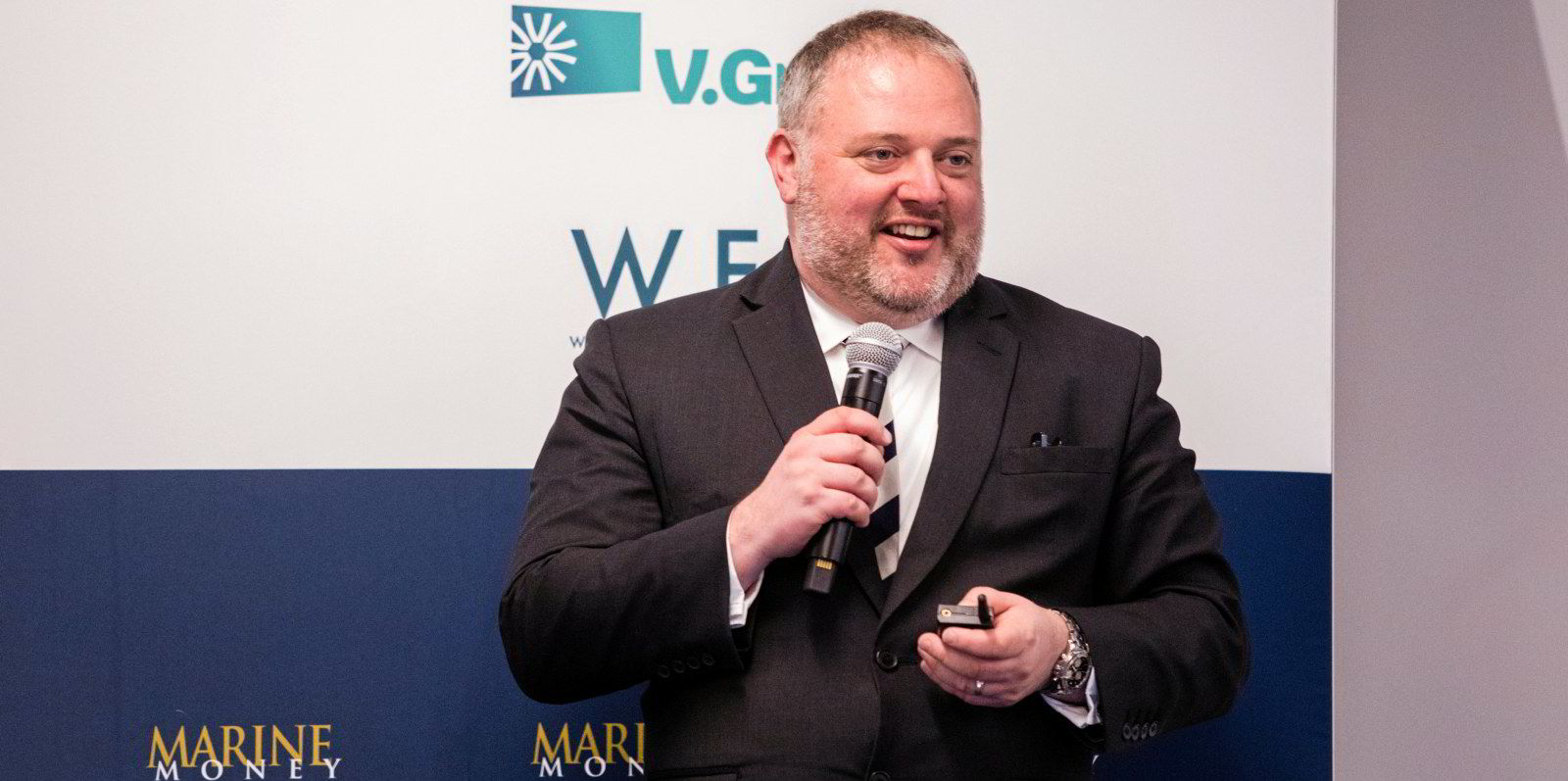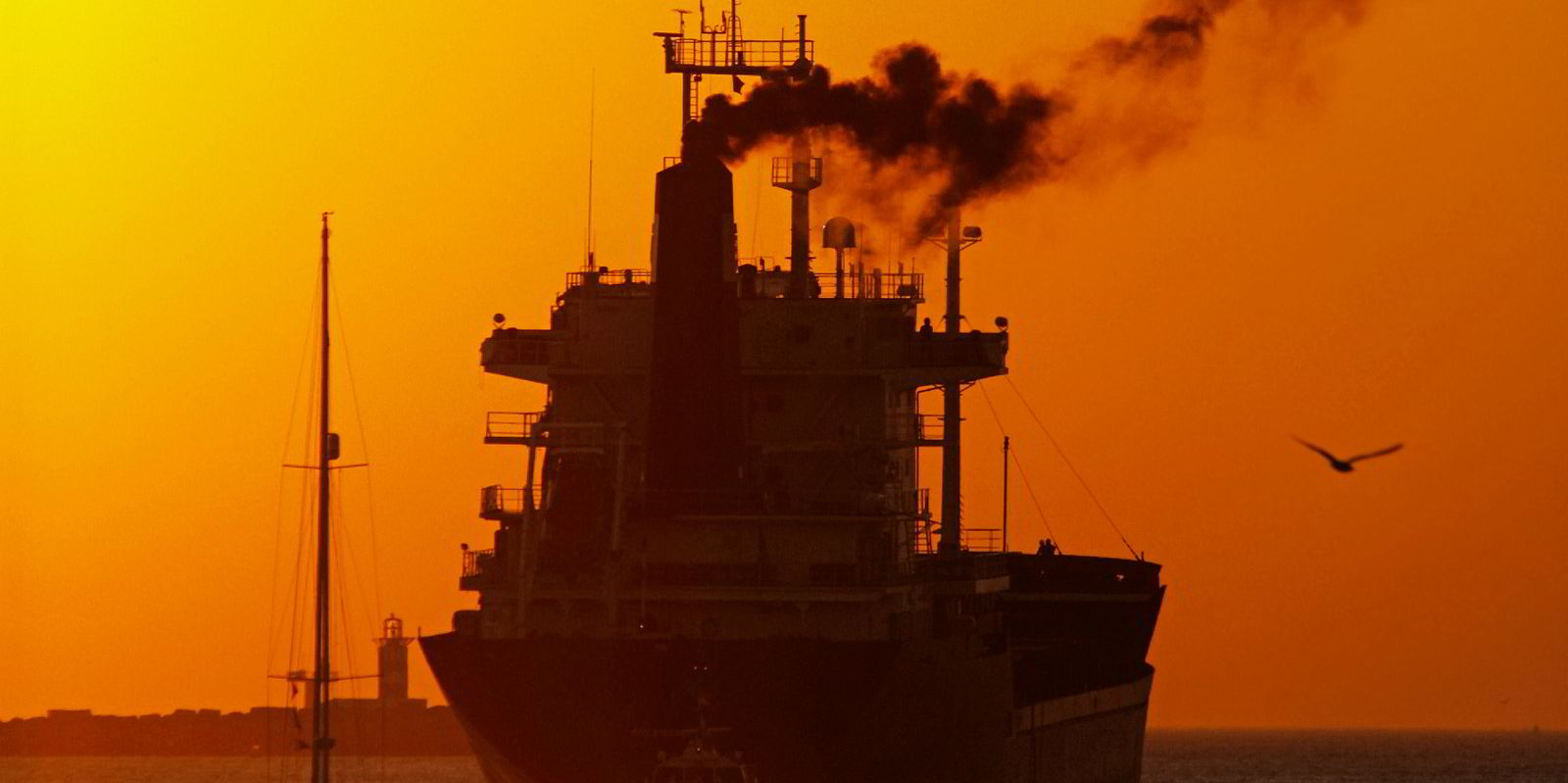Greece’s Avin International has ordered what could be the world’s first “ammonia-ready” tanker from a Chinese yard, with new regulations to cut shipping emissions set to come into force later this decade.
New Times Shipbuilding is constructing the 156,500-dwt suezmax tanker based on an ABS-approved design that will allow the ship to run on ammonia or LNG through additional retrofits.
While the vessel is expected to burn conventional fuels initially when delivered in 2022, Vardinoyiannis-controlled Avin will have the flexibility to decide which low-carbon fuel to use as the bunker industry evolves.
Michael Androulakakis, Avin's technical manager, said in an emailed statement that ammonia appears to be “one of the most widely available and most promising carbon-neutral fuels for the future”.
For shipowners seeking early decarbonisation of their fleet, “LNG fuel operations alone are not enough”, Androulakakis added.
The International Maritime Organization is scheduled to introduce rules to cut greenhouse gas emissions from shipping in 2023, before announcing further regulations to halve emission levels by 2050.
While bunkering facilities for LNG are being developed, various studies have found the fuel can only reduce carbon emissions by about 20% compared with conventional fuels.
Ammonia, when produced from renewable energy, would achieve zero emissions but the bunkering infrastructure for the fuel does not yet exist.
“It is a challenging time for shipowners looking to invest in modern vessels able to support fleet decarbonisation objectives throughout their lifespan,” said ABS senior vice president Patrick Ryan, whose organisation classifies the ship.

Technical challenges
Some shipbuilders, including New Times, have been targeting shipowners that believe in ammonia’s future as a marine fuel.
Avin placed the order for the ammonia-ready tanker at the private yard last year. The deal comes with two optional vessels. VesselsValue data showed the firm ship was priced at $51.5m.
“Ammonia ready is the selling point of our new generation of suezmax series,” New Times sales manager Chen Yajun said. “In the future, more and more shipowners will request clean energy.”
The Avin ship will be installed with an MAN ME-type engine and have space for future installations of two 1,900-cbm fuel tanks to store LNG or ammonia.
Ryan said the deck tanks would be fitted in the cargo area based on ABS’ concept, therefore the shipbuilder does not need to make significant changes to its design.
Moreover, little or no upfront investment is required on the engine as the ME concept can be easily converted to a dual-fuel ME-GI type, he added.
But the ship can be converted to burn either LNG or ammonia, not both, based on present technological developments. LNG-fuelled engines rely on low or high-pressure gas injection, while the ammonia propulsion systems under development will utilise liquid injection.
“Engine technologies to burn LNG and ammonia are inherently different, an owner would need to make a choice,” Ryan said.
While being largely similar to an LNG-ready design, an ammonia-ready design needs to take into account the fuel’s toxicity, Ryan added. Also, no ammonia-burning generator engines are available currently.
“For the time being, the ‘ammonia-ready’ concept may be restricted to burning the gas fuel in the main engine only,” he added.
Irene Ang contributed to this article.






